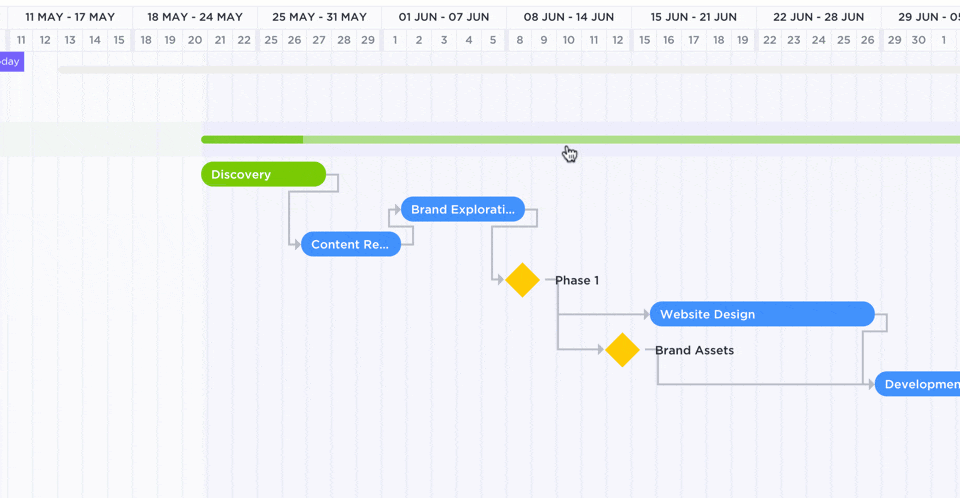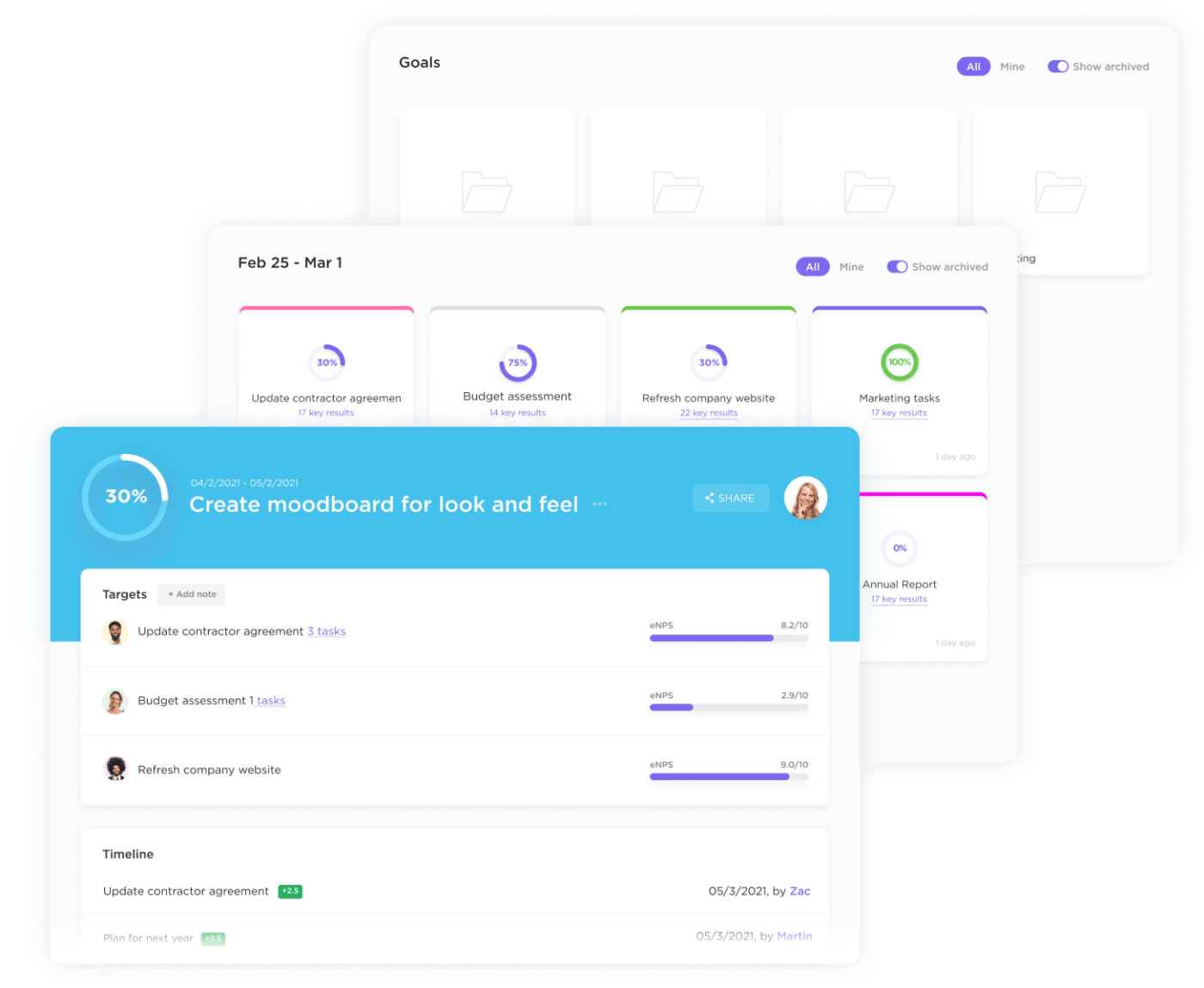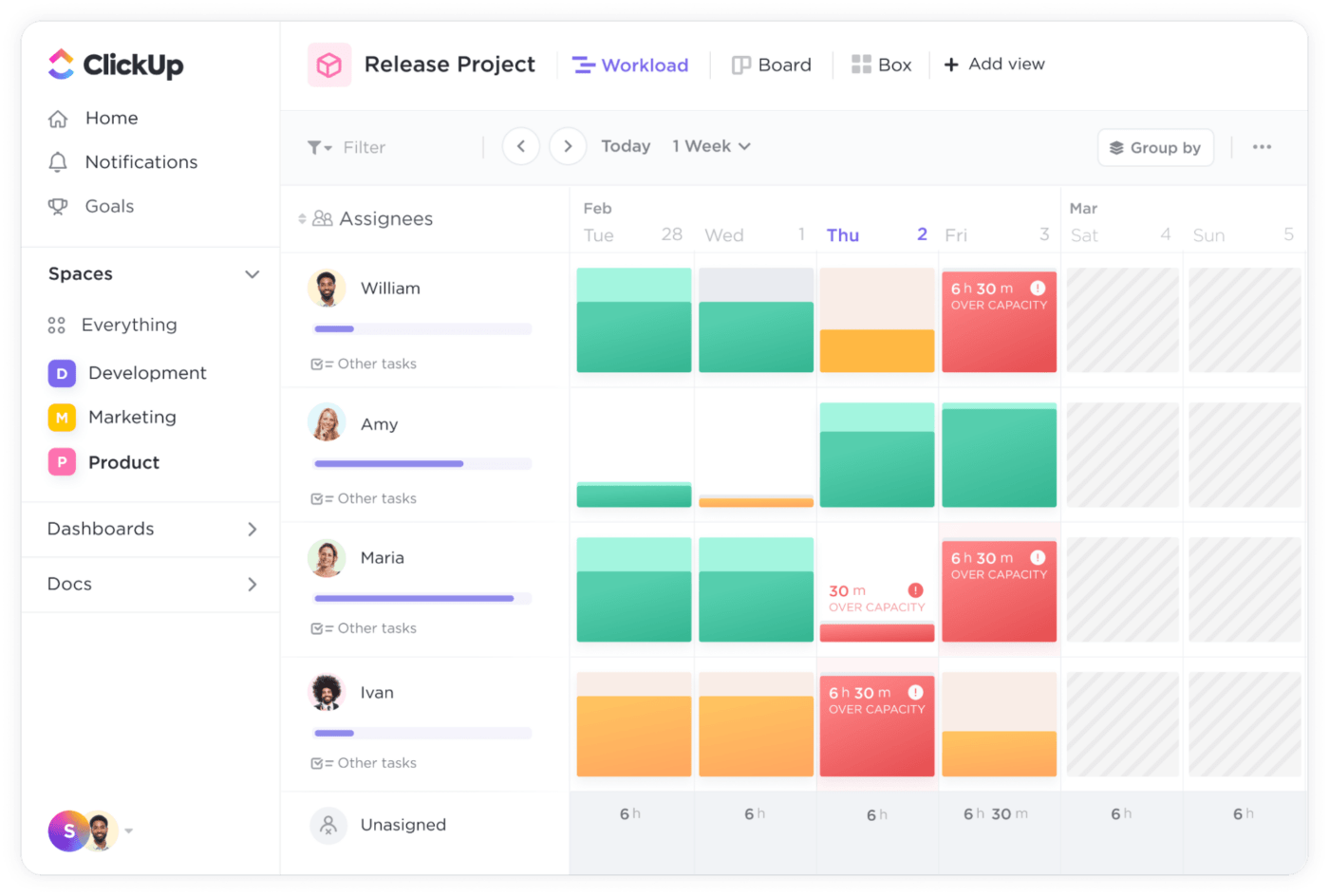How Project Transparency Can Improve Your Team’s Workflow

Sorry, there were no results found for “”
Sorry, there were no results found for “”
Sorry, there were no results found for “”
Project transparency has always been an important factor in every project, whether a simple or a more complex one. In today’s fast-paced business environment, the focus on transparency has increased and is now a critical factor for teams and their project’s success.
Without achieving wide transparency, companies could face major bottlenecks such as tasks falling between the cracks, which ultimately leads to project delays, something they can ill afford.
Yet creating a transparent process is a significant team management challenge, as teams may struggle to maintain open communication and leverage technology effectively. It’s both an art and a science.
Let’s take a deeper look at why project transparency is important, the common challenges when trying to achieve it, and tips and tricks to improve transparency in your team’s workflow.
Transparency in project management is the act of sharing project information, goals, and progress with all team members and stakeholders in an open manner. It entails establishing a culture of open communication and trust, where team members can comfortably share updates, ask questions, and provide feedback.
By implementing transparent project management processes, each person participating in the project gains a comprehensive grasp of their individual responsibilities, the project scope, and its objectives.
While some project managers may prefer to limit information to the management team, modern project management approaches value transparency and acknowledge the importance of sharing data with all team members.
The benefits project management transparency provides can significantly affect the project’s quality and timeframe.
By fostering transparency and data visibility for team members, organizations can improve decision-making. Employees can access information from different stages across the project life cycle and more easily align their tasks and work methods with project goals.

Just as important, when a project team communicates openly, it creates a culture of learning from one another and enhances collaboration. In a trustworthy environment, employees feel comfortable providing comments and insights that could contribute to project improvement, drawing upon their diverse perspectives and backgrounds.
This sense of involvement and influence cultivates higher levels of motivation, commitment, and building trust among team members, ultimately driving the project toward success.
Transparency guarantees that each person involved in the project understands their specific roles and responsibilities. Team members improve their focus and tasks are efficiently assigned among them.

This approach mitigates the chances of overlooking crucial details, providing more complete project coverage. In addition, the increased synchronization among team members fosters smoother workflows and helps deliver improved outcomes.
Project delays are common, but can negatively impact organizations. Even short delays can affect the budget, customer satisfaction, or the company’s reputation. When the entire team has equal visibility into project progress, they can identify potential roadblocks or delays and take action to address them promptly.

By sharing project timelines and milestones, team members better understand the project goals and adjust their work accordingly.
Though transparency boosts productivity in projects and is a crucial aspect of effective project management, there may be a long way to achieve it. Various challenges can arise when attempting to implement transparency, including those related to employees, organizational culture, budget, and the project manager’s plans.
Let’s explore the main challenges when implementing this into your project management software or system to ensure you have the most productive team.
Implementing transparent project management can be challenging for employees who are used to more traditional approaches. Being comfortable and familiar with existing practices, they may be reluctant to embrace a more transparent method with a project manager.
Employees may also feel uncomfortable sharing information or worry about the consequences of transparency.
Another challenge is finding the right balance between sharing relevant information and overwhelming employees with unnecessary information. We want to leverage full access to project information, but not take the team out of focus.
The second factor that may present a challenge is the company itself. This may vary from one company to another as each one has its own culture and policies, but some organizations have strict hierarchical structures that can hinder the adoption of transparent practices.

These types of companies promote top-down information flow and prefer not to share data with all project participants, especially confidential information. For organizations with communication silos, this could be a massive barrier to breaking them and opening communication channels throughout the organization.
When it comes to implementing transparency, project managers may face the challenge of aligning their vision with transparent principles. They should carefully evaluate their planning and project execution strategies to seamlessly incorporate transparent practices.
Establishing systems for documenting project-related information can be intricate and time-consuming. A project manager must dedicate time and effort to create clear and well-structured documentation processes, choose the right tools, and train other team members on using them efficiently.
In today’s modern work landscape, software solutions have become an integral part of every team’s workflow. These tools are instrumental in boosting productivity and efficiency. Different teams may utilize multiple tools:
However, the use of multiple tools can actually have the opposite effect. Instead of connecting the dots, it can create a disconnect between team members, as they may struggle to keep up with different tools for different purposes, amplifying confusion and hindering team communication.
Additionally, team members, expected to navigate a complex landscape of software options, may struggle to acquire the necessary proficiency in each tool, leading to decreased productivity.
It is crucial to find the right mix of software solutions to help each team maximize their efforts while creating alignment with other stakeholders and departments, but without overwhelming them. Choosing tools that can integrate with each other would be a huge advantage in your day-to-day work and in achieving better project transparency.
To address these challenges, there are several effective strategies that can be implemented. The following five steps can help you significantly improve project transparency.
Implementing a comprehensive project documentation strategy can help you improve project transparency. By documenting project goals, timelines, and progress, team members gain a crystal-clear understanding of the project’s direction.

To ensure the effectiveness of your documentation strategy, here are three steps to follow:
Meetings provide an opportunity for team members to openly share important information, insights, and updates, ensuring that everyone is on the same page. This open communication creates a great environment for brainstorming and feedback, with team members’ suggestions for improvement and addressing any challenges down the road.
Teams will be able to identify potential issues before they become major problems, allowing for timely intervention and resolution. This open and constructive dialogue not only strengthens the team’s collaboration but increases motivation and engagement with the project’s objectives.
A well-known barrier for many organizations, but especially for cross-department projects involving project managers, developers, and QA testers, is how to create effective collaboration and communication. In addition to regular meetings, organizations can share calendars using dedicated apps in order to improve synchronization between team members.
By utilizing these apps, teams can:

One of the most effective ways to significantly increase project transparency is working with a project management solution like ClickUp. This kind of tool serves as a centralized solution for managing multiple project resources and streamlining workflows.
Staff and budgets can be efficiently allocated based on project needs and workload, aligning every team member on their responsibilities. Project management tools are also equipped with comprehensive reporting capabilities and real-time tracking features.

Different stakeholders can customize their dashboards in a way that’s best suited to their needs and keep track of milestones achieved, deadlines, and areas for improvement. By accessing timely information and key performance indicators, upper management can make data-driven decisions.
This also helps them provide timely guidance, take corrective actions, and effectively steer the project toward success.
When multiple teams use different tools in addition to a project management platform, integrating them can boost transparency in projects. Integrations allow teams to seamlessly exchange project data and automatically sync updates from one platform to the other.
For instance, integrating a project management system with a test management platform like ClickUp and PractiTest can help connect teams and increase visibility, as testing information from test runs is automatically populated in ClickUp tasks.
This integration can facilitate collaboration between technical departments such as QA teams and developers with product managers and other relevant stakeholders, removing communication silos and delivering successful project outcomes within set timelines.
The powerful integration between PractiTest and ClickUp allows you to report issues from PractiTest to Click tasks
To sum up, project transparency leads to effective project management. It’s all built on open communication and trust among team members.
This fosters better collaboration and enhances team productivity, leading to the successful achievement of project goals. However, implementing project transparency can be challenging due to obstacles related to aligning management vision with transparent principles and addressing employees’ perspectives.
To overcome these challenges, companies should invest in creating comprehensive documentation, conducting regular team meetings, and working with the right tools.
With seamless integration between different in-use tools such as ClickUp and PractiTest, team members can collaborate more effectively while managers can take improved informed decisions in real-time. Not using ClickUp and PractiTest yet?
Try PractiTest 14-day free trial now or sign up to ClickUp for free!
© 2025 ClickUp